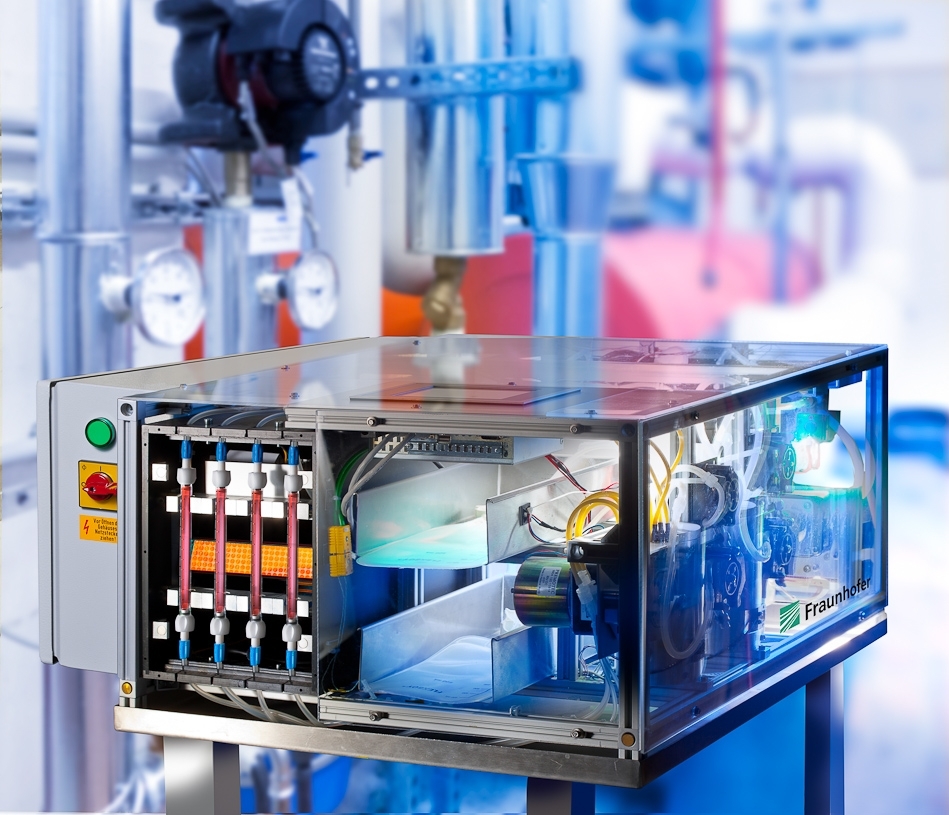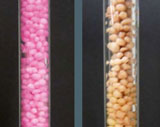
Drinking water is the most important foodstuff for humans. Water pipes are exposed to constant danger from possible contamination. In addition, the drinking water supply is a potential target for terrorist attacks, so that dangers to public health must be identified in good time.
The Drinking Water Ordinance therefore provides for routine tests for certain pathogens and chemical substances. For this purpose, random samples are taken and examined in the laboratory. However, the standard analysis methods used here are lengthy and limited to selected parameters: Unknown or unexpected toxic substances are not detected promptly. These procedures are therefore not suitable as warning systems that can promptly indicate an entry of chemical or biological substances.
 Fraunhofer Institute for Interfacial Engineering and Biotechnology IGB
Fraunhofer Institute for Interfacial Engineering and Biotechnology IGB
